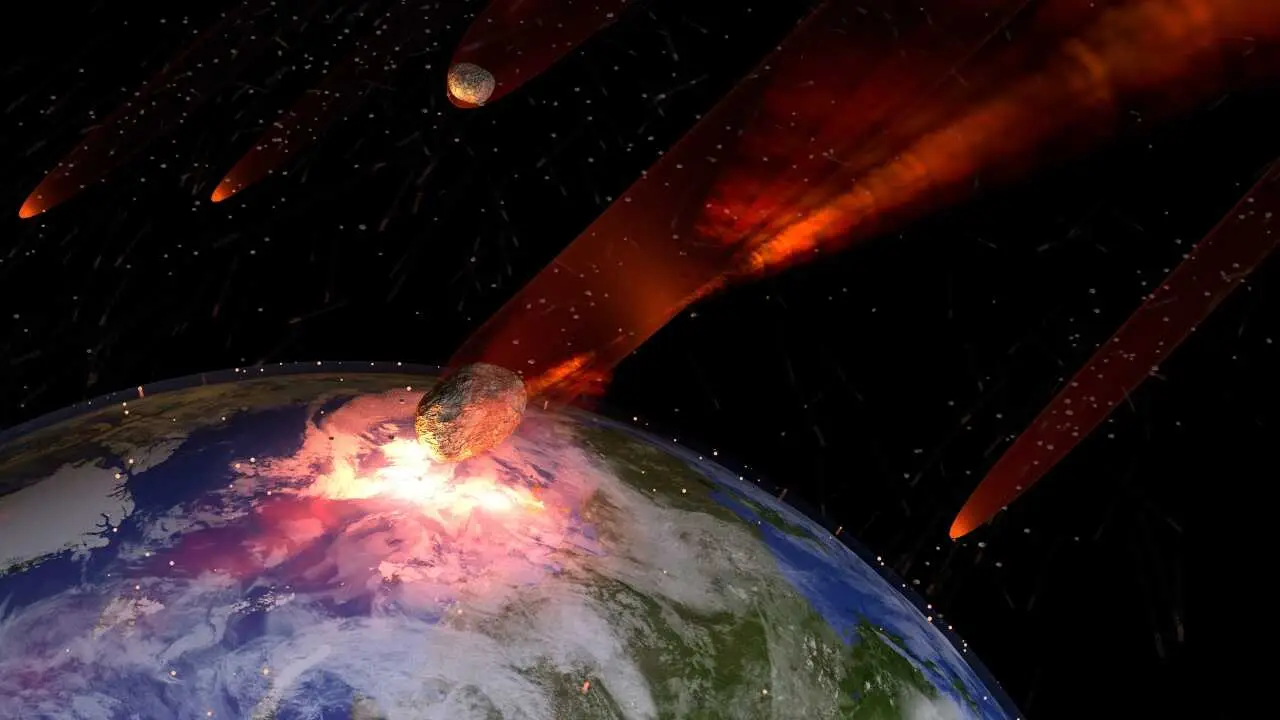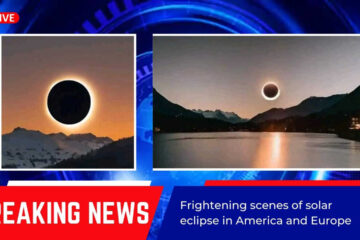In the vast expanse of the cosmos, asteroids have captured our collective imagination for centuries. While most of these celestial bodies peacefully orbit the sun, there is a lingering fear of the catastrophic potential they hold.
One question that often arises in discussions about asteroids is, “How large must an asteroid be to exterminate all life?” In this article, we delve into the fascinating world of celestial impacts, exploring the factors that determine their destructive power and shedding light on the conditions necessary for a global catastrophe.
Understanding the Impact
The destructive potential of an asteroid is primarily determined by its size, speed, and composition. Size, in particular, plays a crucial role in determining the scale of devastation an asteroid impact can cause.
Scientists use a metric known as the Torino Scale to classify the potential impact hazard of near-Earth objects, with larger asteroids receiving higher threat levels.
The Critical Threshold
To comprehend the magnitude of an asteroid impact capable of exterminating all life on Earth, scientists often refer to the Chicxulub impact as a benchmark. This catastrophic event, which occurred approximately 66 million years ago, is believed to have led to the mass extinction of the dinosaurs. The impacting asteroid is estimated to have been around 10 kilometers (6 miles) in diameter.
However, it’s essential to note that the critical threshold for global extinction is not fixed. While a 10-kilometer asteroid would undoubtedly cause catastrophic consequences, smaller asteroids could also pose significant threats, depending on various factors such as impact location, composition, and the vulnerability of the Earth’s ecosystems.
Potential Scenarios
Scientists categorize asteroids based on their size: small, medium, and large. Small asteroids, measuring a few hundred meters, may cause localized damage, but they are unlikely to have global consequences. Medium-sized asteroids, in the range of 1 to 2 kilometers, could cause regional devastation and have long-term environmental effects.
When it comes to the existential threat of a global catastrophe, the focus is on large asteroids, typically those exceeding 5 kilometers in diameter. Such celestial behemoths have the potential to trigger a chain reaction of events, including massive fires, tsunamis, and a “nuclear winter” effect caused by the release of debris into the atmosphere, blocking sunlight.
Mitigation Efforts
The thought of an asteroid large enough to exterminate all life on Earth is undoubtedly daunting. However, scientists and space agencies around the world are actively working on strategies to detect, track, and mitigate the impact risk of near-Earth objects. From early warning systems to theoretical deflection methods, ongoing research aims to protect our planet from potential asteroid threats.
Conclusion
While the idea of an asteroid large enough to exterminate all life is a chilling prospect, it’s crucial to recognize the advancements in asteroid detection and mitigation efforts. By understanding the factors that contribute to the destructive power of asteroids, scientists are better equipped to assess potential threats and develop strategies to safeguard our planet.
As we continue to explore the cosmos, the quest to unlock the mysteries of these celestial bodies remains an integral part of our ongoing journey into the unknown.




